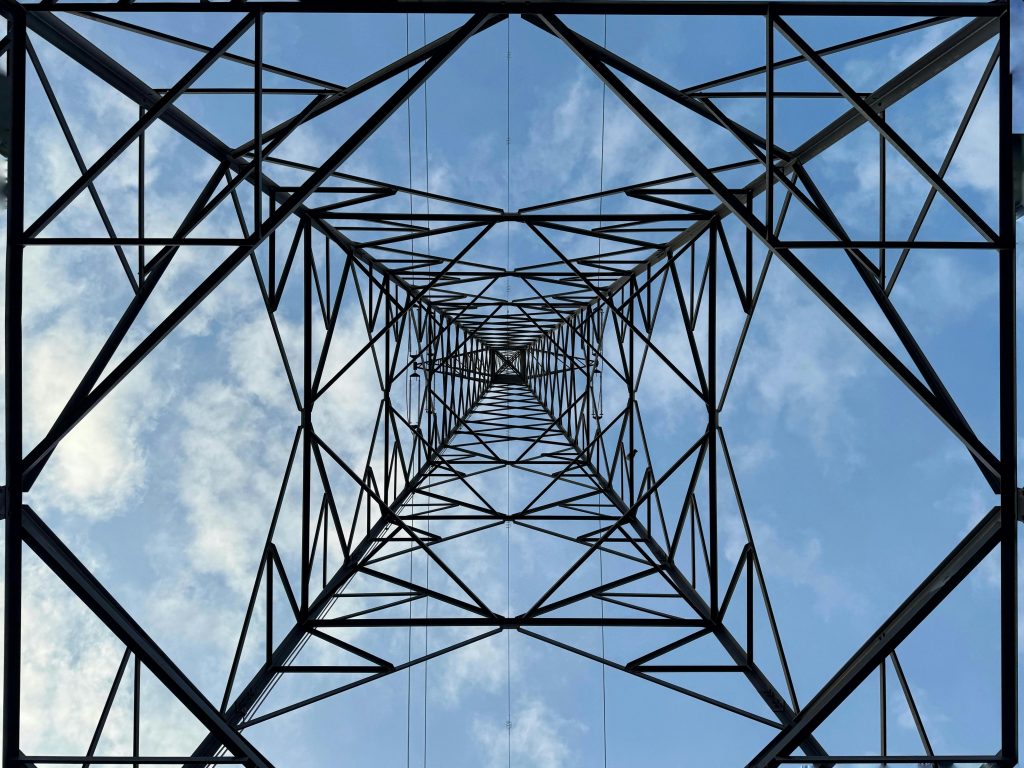Troubleshooting a Troubled GPU: My Experience with a Used Laptop
As an IT professional, there are seemingly few challenges I can’t tackle. However, I recently encountered an unexpected technical hurdle that left me scratching my head. I purchased a second-hand laptop from my previous employer, equipped with an Nvidia 3060 notebook GPU that had been performing flawlessly for two weeks. Unfortunately, it stopped functioning just a couple of days ago, prompting me to dive deep into troubleshooting mode.
Here’s what I’ve tried so far:
Windows Reinstallation: As a last resort, I opted to reinstall Windows entirely, returning to a previous version. Still, the GPU remained unresponsive.
Driver Rollbacks: In a further attempt to fix the situation, I uninstalled the drivers entirely and reverted to older versions, thinking this could restore functionality. Sadly, it did not.
Driver Installation: I began by reinstalling the graphics drivers, which is often a first step in resolving such issues. However, this approach yielded no results.
BIOS Updates: I explored potential solutions by updating the BIOS, hoping this could bring the GPU back to life. After several tweaks and settings adjustments, the problem persisted.
Reverting Updates: I even considered the possibility that recent updates were to blame. Thus, I took the initiative to revert both BIOS and Windows updates to see if that would resolve the issue.
Despite device manager recognizing the graphics card without issue, it appears to be out of commission when it comes to being detected by any application or software.
Now, I find myself at an impasse. I’m reaching out to the community: does anyone have insights or suggestions for troubleshooting this seemingly dead GPU? Your thoughts and recommendations would be incredibly valuable as I navigate this perplexing problem.
If you’ve faced similar experiences or have expertise in GPU troubleshooting, please share your advice. Let’s solve this mystery together!
Share this content:




So can you see the screen being displayed and it is just in default 640×400 or what? Does it work with the microsoft display adapter driver or are you doing something else?
Hi, and thank you for sharing your detailed troubleshooting steps. It sounds like you’ve already covered many of the common issues that can cause a GPU to be recognized by the device manager but not function correctly in applications. Here are some additional steps and considerations that might help resolve the problem: